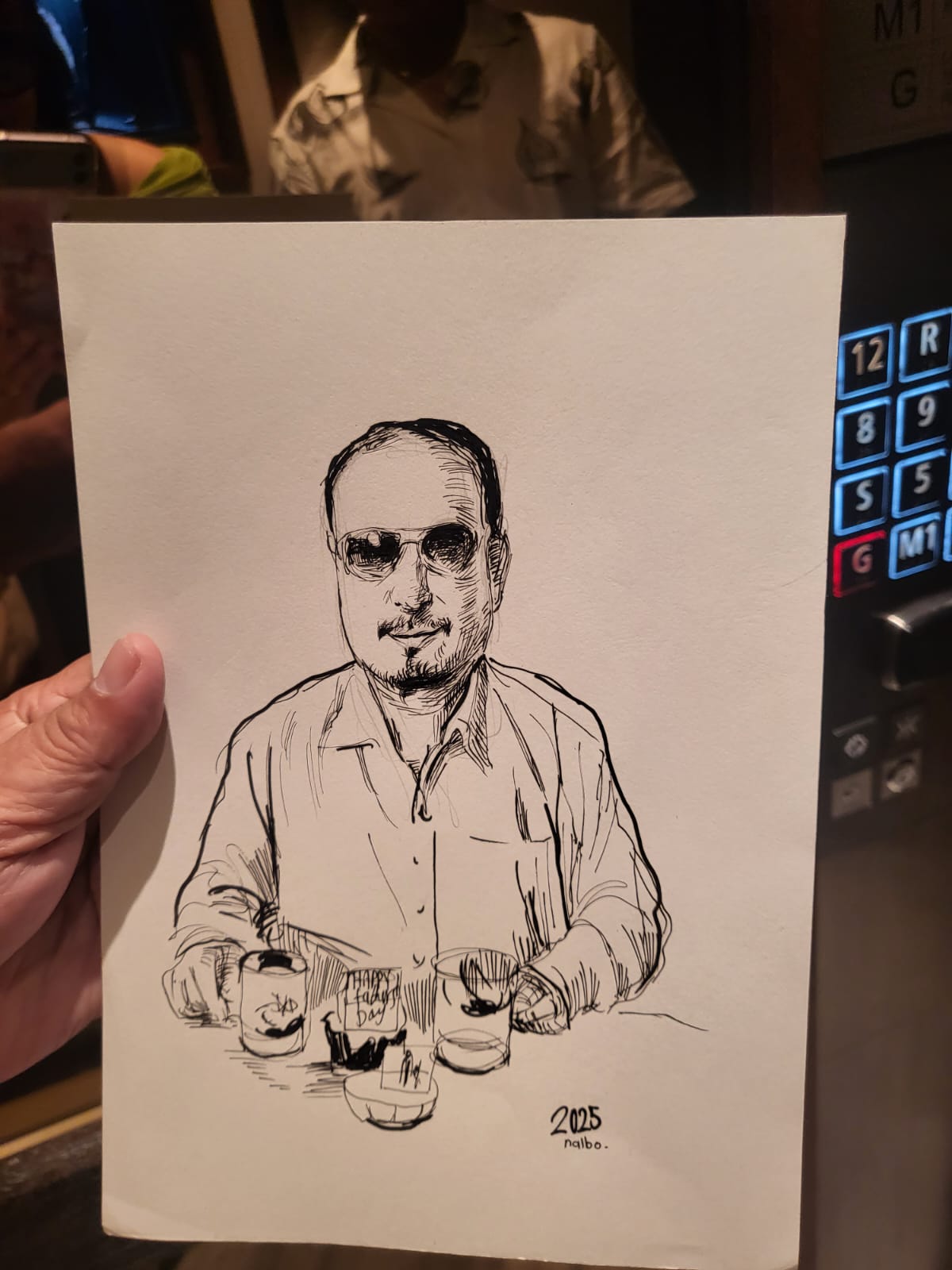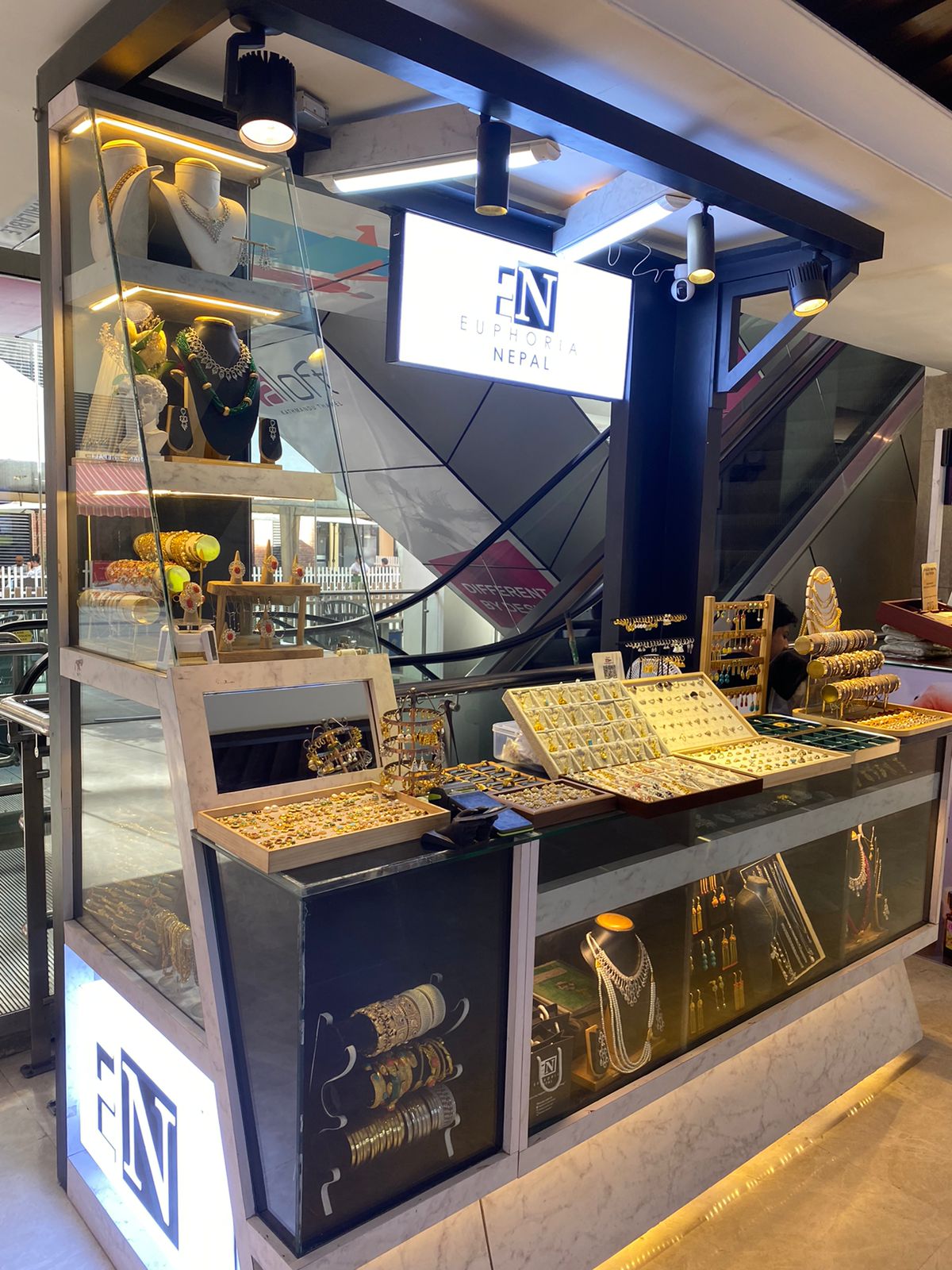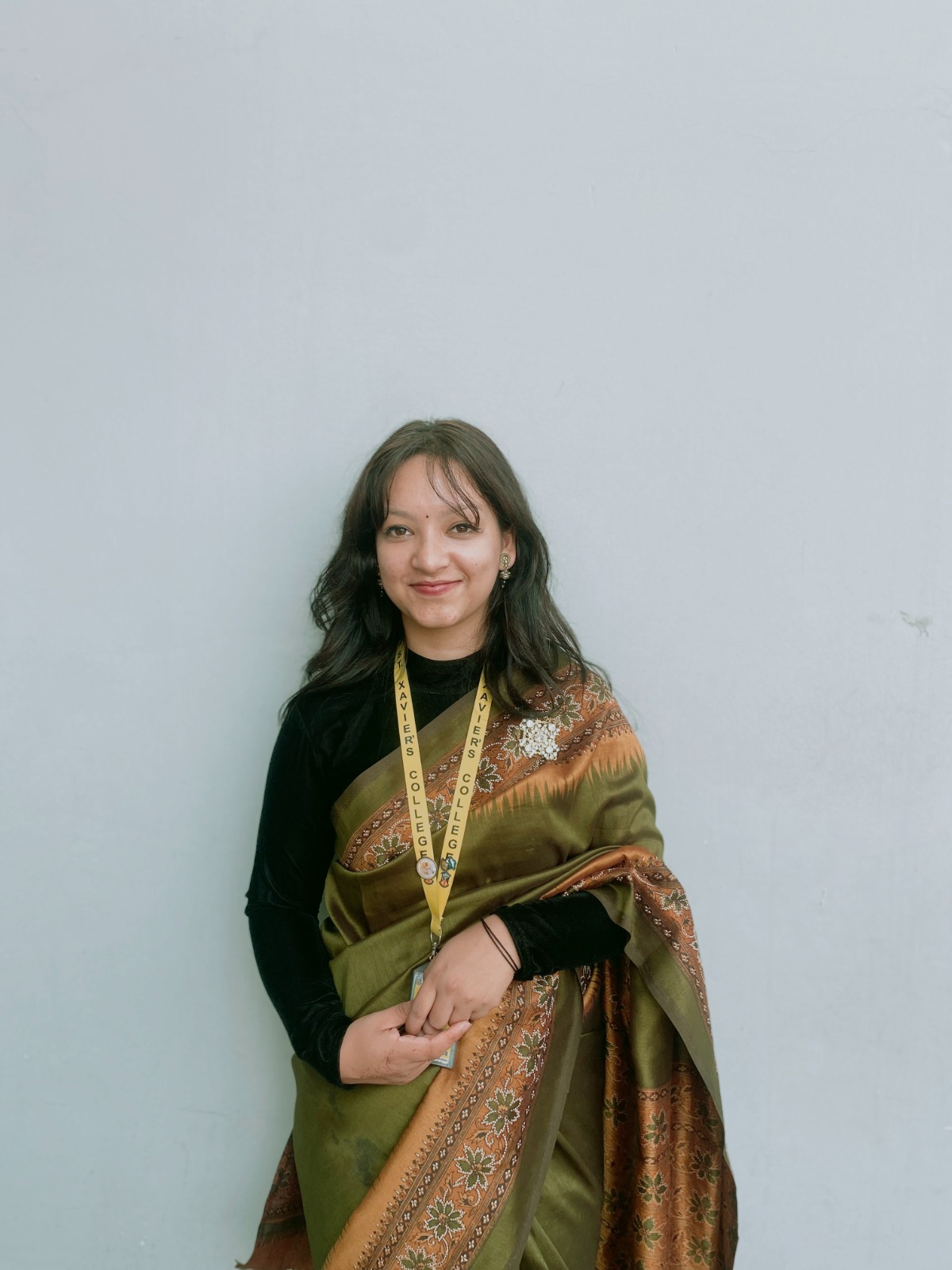Culture & Lifestyle
Work and hope return, slowly but surely
Conversations with painters, theatre artists, entrepreneurs, and visual artists reveal a pattern: a pause, a reflection, and a hopeful return.
Aarya Chand
When disruptions hit the city, everyone feels the effect, from daily routines to livelihoods. The impact is often quick and severe for artists and small entrepreneurs, whose work relies heavily on public spaces and audiences. Last week’s shutdown of shows, exhibitions, and businesses has sparked questions about how to restart. Conversations with painters, theatre artists, entrepreneurs, and visual artists reveal a pattern: a pause, a reflection, and a hopeful return.
Visual artist Leo Jhankar was inside Siddhartha Gallery when he heard gunshots outside. “Suddenly we had to face everything,” he says. “As an artist, how to move further is very uncertain right now.”
Rather than turning inward, Jhankar sees his work as a way to support others. ‘‘I’ve been thinking about connecting with school kids disturbed by whatever they’ve experienced. I’m planning art therapy sessions in the schools where I work and in communities, too. More than starting my individual work, I want to begin like this.”
Reflecting on his own practice, he mentions a shift in his artistic focus. “I aim to restore our sites on canvas to their original state, before they suffered damage,” he states. “Using bright colours and realistic details, I want to create pieces that evoke memories of what we’ve lost and inspire hope. I believe this is not the moment for conceptual art; neither I nor the public have the energy for such works.”
The challenges, however, are real. “Economically, it’s challenging. The art field is always the first to be affected in situations like this. So sustaining yourself while trying to give back to the community is the big question,” he says.

Jhankar believes part of an artist’s role is to document, not only to create. He is considering projects that combine public voices with visual work. “I want to study places like Singha Durbar, hear how people feel about them, and then present that through a sound script. For me, the artist’s responsibility is to archive and record and create something people can connect with immediately.” He says, “If I can paint something that makes even a few people feel hopeful about the future, then that is where I want to begin.”
Painter Nabin Nalbo recalls how quickly things changed once the unrest began. “On September 6, social media went off. Two days later, when everything was burning, I couldn’t post anything or even ask for payment for completed works,” he says. “It just didn’t feel right at that moment.”
The disruption hit him on several levels. His small but steady Saturday job sketching portraits at the Hilton Hotel ended. “They used to pay me a bit for that, and now even that has stopped. It might sound small, but for artists like us, these side incomes matter,” he says.
With workshops and exhibitions paused, he looked for other ways to keep going. On September 11, he and a friend started a cartoon page called ‘The Punchline Weekly’. “The first drawing was about the situation we had just faced. We’d been planning it for a while, but this pushed us to start. At least it’s something new, a way to earn and respond to what’s happening,” he says.
Nalbo has also returned to exhibiting. “The exhibition at Babar Mahal in Siddhartha Gallery has reopened. Not everything is back, but some things are moving again, which gives me hope,” he says.
For theatre artist and director Anup Neupane, the halt of performances felt like a rupture. “When shows get stopped, it’s upsetting. As an artist, when performance stops, it is like your regular life stops,” he says. But in moments like these, I remind myself that corruption is something we don’t want either. So even if it’s hard, I can accept it.”
Still, he sees potential. “If we look at history, we know that such events give birth to new forms and ideologies. That happens in the theatre as well. I’m hopeful it brings something positive.”
His current focus is on reconnecting with audiences. His play, halted by the unrest, is scheduled to reopen from 17 September to 21 September.
Photographer Saurav Thapa Shrestha, who works in visual communication, explains how his team adapted. “Last week, we paused for solidarity as protests began by informing our clients about the temporary halt of projects and deadlines. Today, as the country returns to normalcy, we resume our work. At Everything Creatives, a graphic design firm, we’ve embraced the flexibility of remote work, ensuring continuity through virtual platforms, video calls, and collaborative project management tools.
“As our work has no physical boundaries, returning to normalcy makes us more hopeful about the country’s situation and allows us to channel that energy into our work through effective project execution,” he says.
For Suman Bhattarai, an entertainment entrepreneur, who manages comedians and musicians under Takshak Entertainment, the silence of empty stages was especially sharp. “Our live shows, Laugh and Clap Live, were all cancelled. The band we manage, Pahenlo Batti Muni, couldn’t perform either.”
But out of that pause, something else has grown. “We’ve been writing, shaping material that speaks to the frustrations and irony of this hour. Laughter is more than just entertainment; it’s how we process the truth, and that is the power we’re holding onto.’’
Their approach is to stay close to audiences while adapting. “We are preparing to return with small, intimate shows, rebuilding trust one stage at a time,” he says. We’re also looking at regional tours, international audiences, and stronger use of digital platforms. Every performance from the band will be storytelling-driven, reflecting the reality of the times,” he says.
At Chhaya Centre, entrepreneur Pragati Shrestha, founder of Euphoria Nepal, returned to a damaged store. “My small jewellery store was vandalised during a recent protest. Everything I built from scratch was gone in a blink,” she says.

Still, she is determined. “While the physical space was harmed, our spirit and vision remain strong. “I’m adding savings, a small loan, and donations from a recent GoFundMe campaign. My immediate priority is to restore the shop and rebuild a safe, welcoming space,” she says.
The crisis, she adds, has been eye-opening. “It pushed us to consider diversifying sales channels and building a stronger online presence. Small businesses need both financial and moral support. Knowing that people stand with us gives us strength,” she says.
Beyond the country, others are finding new ways to connect. Photographer Jeni Dhodary and her partner, coder Shreedhar Pandey, have launched 100daysnepal.com. “I designed it from scratch, and my partner coded the vision. The logo is flowers blooming from a fist,” Dhodary says. “The platform reflects regeneration from people’s power. It lets people vote on ideas, making the public’s priorities clear. It’s a centralised record of proposals so the next 100 days reflect the people’s will.”
She adds that young voices, like that of protester Aashutosh Basnet, are already shaping the site with proposals for moving forward.
A common thread runs through these accounts. The disruptions have left gaps, fears, and losses, but have also prompted new ways of working and connecting. Some are returning to old practices, others are experimenting with digital tools, and many are simply trying to start again in smaller, more deliberate steps.
As Jhankar puts it, “I hope whatever I paint makes others feel hopeful about the future.” This sentiment could apply to every story—whether through a sketch, a performance, a song, or a rebuilt shop. None of these beginnings is simple, but each carries the same intent: to remind people that work and hope can return even after silence and loss.




 12.12°C Kathmandu
12.12°C Kathmandu













%20(1).jpg&w=300&height=200)

